Five top tips to ‘twitter’ more effectively
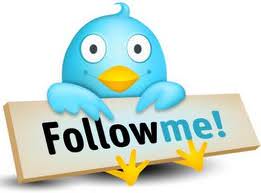 Social media marketing can be a difficult beast sometimes, but small and medium businesses who struggle with social networks can take comfort from the fact that even the big brands get it wrong too at times.
Social media marketing can be a difficult beast sometimes, but small and medium businesses who struggle with social networks can take comfort from the fact that even the big brands get it wrong too at times.
Effective use of social media is part art and part science – there are techniques and procedures that work, but creativity and flexibility are also an integral part of any successful campaign.
Here are five of the most common Twitter mistakes made by major brands who ought to be big enough to know better...
1. Only Tweeting during office hours
B&Q have made no secret of the fact it has invested heavily in its social media presence over the past couple of years, and made it a key part of its overall marketing strategy.
Below is a Xefer graph showing the times of day B&Q most often sends tweets; the bigger circles represent higher volumes of twitter activity.
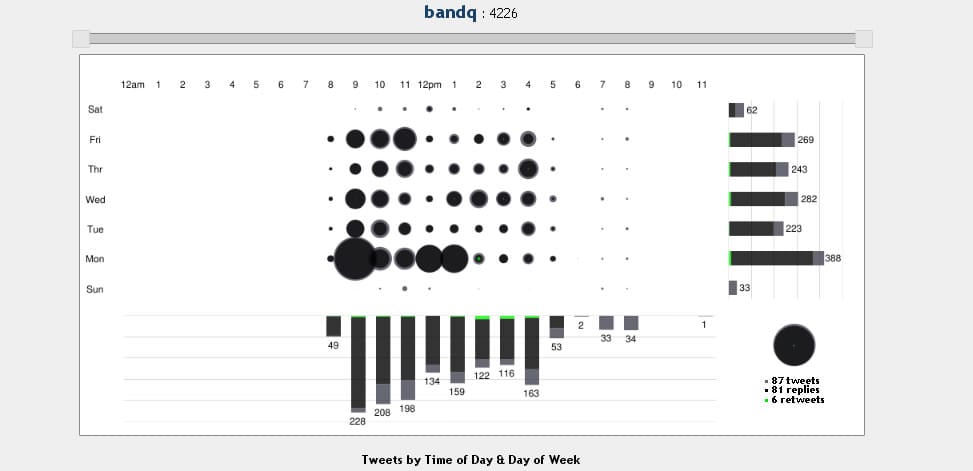
The question that most readily jumps out at you when you look at this graph is “Why does its main Twitter account operate almost exclusively during regular office hours?”
I mean, when do most people traditionally think about DIY and gardening?
It’s on the weekends, right? That’s when most of us have a bit of time on our hands to do all those little jobs around the house and garden. So, why are B&Q not taking advantage of that by giving us reasons to visit its stores at the weekend?
That’s not to say B&Q shouldn’t be tweeting during the week as well – of course it should. But, it is also missing a huge opportunity by signing off at 5pm every week day.
Most of the evidence seems to suggest that Twitter activity amongst general users peaks around mid-morning, again at midday and just before 5pm, before picking up again in the evening between 7pm and 9pm.
While B&Q may be doing a good job of targeting the daytime crowd, it is largely ignoring all its followers who are online in the evenings, who are more likely to be at home and, thus, possibly more responsive to out of hours messages than during the day while they’re at work.
2. Getting the tone wrong
Finding a suitable tone is crucial for a brand twitter account and, all too often, not enough thought goes into getting it right.
One of the most important lessons is to resist the urge to use your Twitter to just ‘sell, sell, sell’! This is an approach most of the big players now understand isn’t going to work. That’s not to say Twitter can’t be used for direct promotion/sales, but you must first earn the right to put those kinds of messages out.
What do I mean by earning the right?
Well, by adding enough value in to your content so no one minds you sometimes trying to sell them things. The @BetfairPoker account is a great example of this. It uses (somewhat surreal) humour to cultivate a large following, calculating that the value of having the brand name appear in tens of thousands of Twitter feeds outweighs the benefits of constantly tweeting promotional messages and only reaching a much smaller audience.
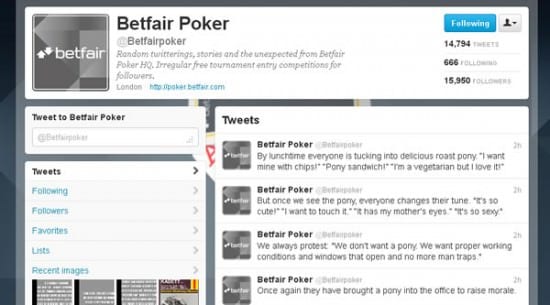
This strategy has allowed @BetfairPoker to establish a large following (15,000, as opposed to 1,000 for @LadbrokesPoker) and means that it has earned the right to slip in a few promotional tweets here and there without turning off its followers.
3. Not segmenting your audience properly
Plenty of brands are guilty of this one.
If you’re a major brand with a big social media presence it makes an awful lot of sense to start segmenting your audience so your followers are only given the content they actually want to see.
John Lewis is a good example of this; it has two separate Twitter accounts, one for customer service and one for news/promotion. This means individuals who just want to keep up with the latest John Lewis news can follow one account, avoiding their feed becoming clogged up with customer service department Tweets in response to queries and problems from other Tweeters.
However, over-segmenting can be equally bad if it isn’t obvious what each account is for. Eurostar has three active accounts; @EurostarUK, @Eurostar, and @Eurostarcomms.
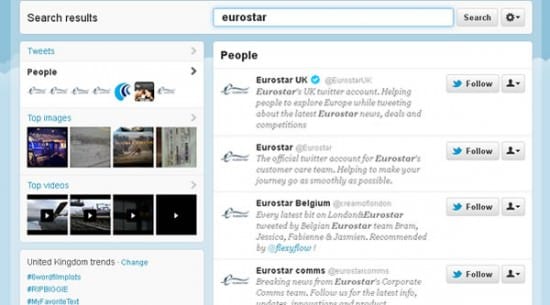
The first two accounts seem to do largely the same job, mixing customer service and advice with occasional promotional tweets. The @EurostarUK account is the most used and is the only one with the official blue tick. It remains unclear why Eurostar felt it needed separate UK and international accounts when both only tweet in English and the largest proportion of their customers are from the UK.
4. Not following people back
It’s quite common when you look at the twitter profiles of big brands to see that they have tens or hundreds of thousands of people following them, but are only following a handful of people back. This looks bad and sends out totally the wrong message.
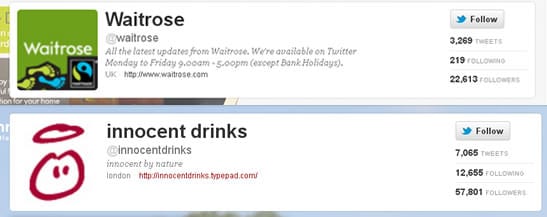
Spot the difference...
Taking the time to follow everyone back is no great hardship*, and the advantages are twofold:
- Firstly, it makes the company look as though it is on Twitter to listen and engage with people, rather than just there to pump out its own messages.
- Secondly, if you are using Twitter as a customer service tool then there may be occasions when you want a customer to DM you some details rather than have to send them in a publicly viewable tweet. But you can only use the DM function if you are following them already, so it makes sense to do this as a matter of routine.
The big fly in the ointment here is Klout (and similar tools), which scores Twitter users based on how much ‘Klout’ (or influence) they have. There’s a perception that to get a high Klout score you need to have a large number of followers but only follow a small number yourself.
Lots of people read a lot into their Klout scores but, in reality, it’s arguably a rather a blunt method to try to measure Twitter influence; and should not be enough to dissuade brands from following more people.
*When I talk about following more of your followers, I’m obviously not talking about all the bots, PR gurus, and other spam-centric Twitter accounts - give these short shrift.
5. Not having social media buttons on your website
Most of our big brands are admittedly up to speed with this now, so there’s really no excuse for not doing it.
We all understand the importance of synergy between different elements of a brand’s online presence, with the website, social media and other elements all supporting each other. And yet, you can still find examples of brands who aren’t using their websites to tie in with their social media activity.
Burberry is very big on Twitter, but you wouldn’t know it from its website homepage; it makes no mention of its social media presence. Is this just an oversight, or is there really no room on your super stylish, ultra minimalist homepage for a little Twitter link or icon? Either way, it’s bad form.
In fairness, Burberry does at least have social sharing buttons on its product pages, which puts it ahead of some of its fellow fashion/clothing brands, such as Selfridges, which don’t even have these yet.
A few concluding thoughts
Most of the brands given as examples here are by no means the only ones making these mistakes.
And, of course, Twitter is a broad church with more than one way of doing things.
So, take heart small businesses, secure in the knowledge that even the big guys are on a learning curve here, with plenty to sharpen up and improve upon.
 Thanks to Chris Redhead for sharing his advice and opinions in this post. He has managed social media campaigns for a variety of both small businesses and national companies, particularly in the travel and luxury retail sectors. You can read regular updates by Chris on Twitter.
Thanks to Chris Redhead for sharing his advice and opinions in this post. He has managed social media campaigns for a variety of both small businesses and national companies, particularly in the travel and luxury retail sectors. You can read regular updates by Chris on Twitter.








 Thanks to
Thanks to 


